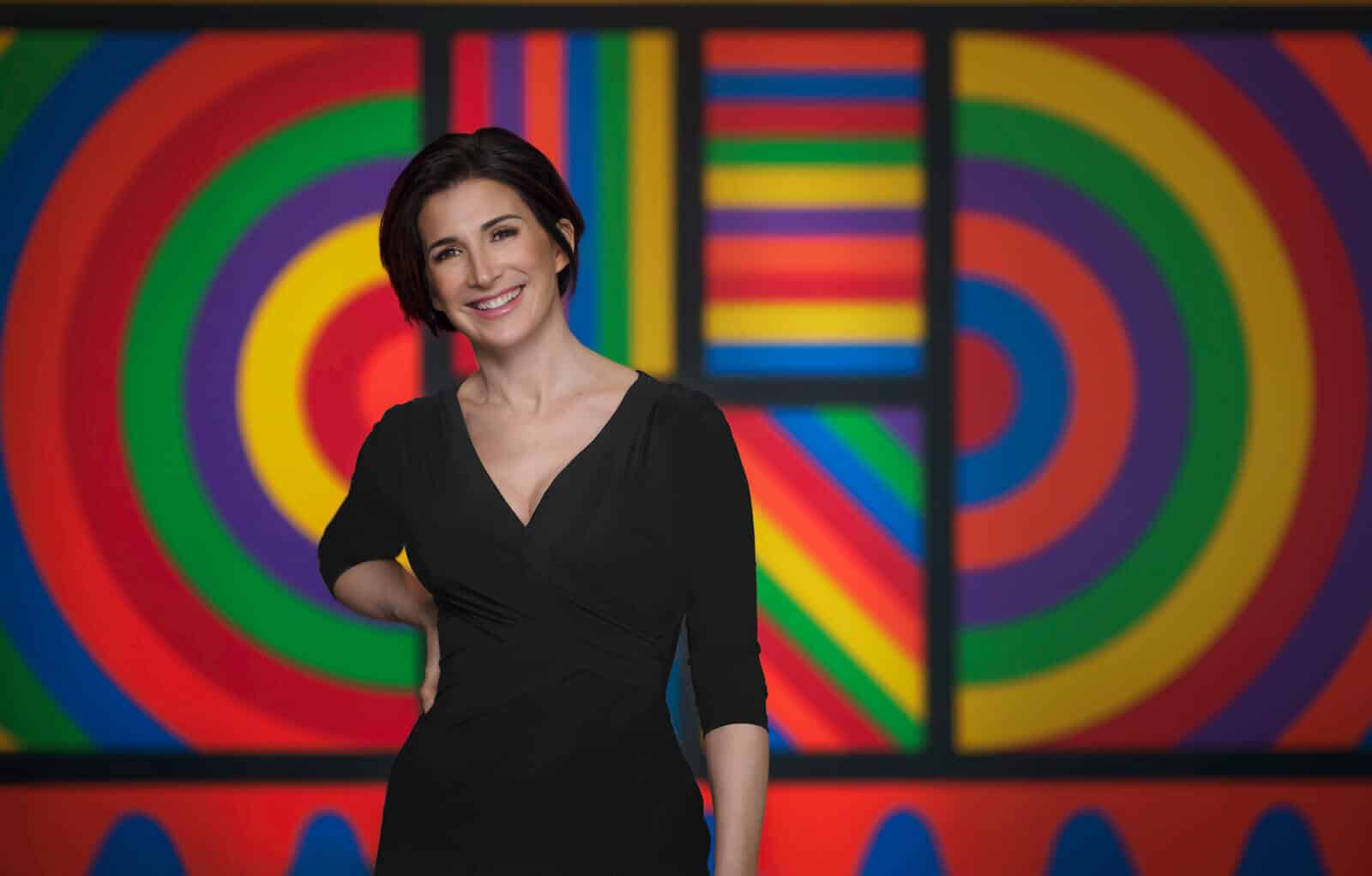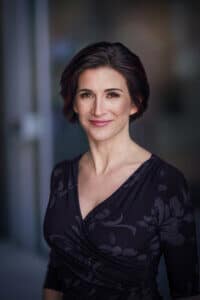*Advertisement
How did you come up with the idea for the book?
The book grew out of a course I teach at the Yale School of Management called “The Art of Positively Influencing and Persuading Others.” It is the most popular course in the business school. Among themselves, students casually refer to it as “doing uncomfortable things that make you a better person.” I developed this course to help kind, humble, intelligent and creative people realize their great ideas. Influence is power and that is why power-hungry people tend to be interested in it. I wanted to help shift the balance of power to make the quiet voices, the “quiet” leaders, and the idealists more heard. To that end, I gathered the most helpful things I had learned as a behavioral scientist and as someone who has worked in marketing and sales and even tried her luck as an actress and politician. The book goes into much more depth on the scientific basis than the course. It draws in particular on behavioral economics, social psychology, and neuroscience.
How would you describe your book?
Are you perhaps familiar with Dale Carnegie’s book,How to Win Friends and Influence People? It is one of the most popular books of all time – and it was written in 1938. My book is, in a sense, its daughter – but based on science and written for today’s diverse world. And it’s more than just a collection of tools. The book describes the phenomenon of positive influence on others as a process of self-development. It is designed to teach readers how to become a person others want to say yes to.
What is unique about this book?
It’s basically like taking the most popular course at an Ivy League business school. The book gives readers a whole new perspective on the phenomenon of “good influence.” Sustainable influence is not about profits, but about transformation. Other books and courses that teach the art of influence focus on short-term transactions where the other person is the “target” or at best a “potential customer.” This kind of transactional (benefit-based) influence doesn’t work with people you like and value. That’s why I focus on influencing strategies that feel both comfortable and positive for both sides – your employees, your partner, and even your children. This book will help you influence both the people you care about and the people you want to meet in a positive way.
Who is this book aimed at?
The book contains so much practical advice that even experts can still learn a lot from it. “The Good Influence” is for people who want to make a difference – big or small. Maybe you’re looking for a new job or you’re negotiating work-life balance with your employer(s), in which case you could skip to the chapter on negotiation. If you are preparing for an important speech, you can skip to the chapter on charisma. If you are a woman, you might want to read the chapter on “Women as Negotiators.” If you are a leader or an activist*, you can delve into all the chapters. This is not just about professional life and career. This book can help you wherever it is important to you to positively influence others – in your community, your school, and your family. The list could be extended at will.
Her book is based on scientific evidence. Could you give an example of research results that astonish people?
Perhaps the most surprising findings come from Chris Chabris and Dan Simon’s study of inattentional blindness. But I don’t want to spoil anything. If you haven’t heard of it, google the video and it will blow your mind. I write in the book about how little of our environment we are basically aware of – we can only see sharply what is projected onto a tiny central area of our retina. This area of sharpest vision covers only 0.1 percent of the retinal surface. In the rest of our field of view, only a very low resolution is achieved. There we more or less guess. And that’s an analogy to the rules of thumb we use to guide our decisions. We simply don’t have the bandwidth to mentally process large amounts of information. For this reason, I show people how to talk to the “lazy” alligator brain. Or, as Daniel Kahneman would call it: with system 1.
Have you changed your own behavior as a result of your intensive study of the topic of positive influence?
But yes. When I was young, no one listened to what I said. I grew up with a single mother and my family was the poorest of anyone I knew. They just wouldn’t let me get a word in edgewise, and I was such an oddball that I thought it was related to the fact that my voice had the same timbre as the ambient sounds. As cranky as I was at the time, I began to study the phenomenon of interpersonal influence in theory and practice. My obsession with influence has affected every aspect of my professional and personal life, and I describe a few examples in the book: Such as the month when I said no to every request, the time when I treated my job as a teacher as that of the hostess of a party reframed and the creative collaboration I negotiated between Yale and Google. But I did not write about one of the most important positive effects of my involvement with the
Topic Influence on my life. Namely, the fact that I had a happy marriage and an amicable divorce.
Can you give me an example of one of the strategies you teach and what people who use them have accomplished with it?
One of people’s favorite strategies is what I call The Magic Question because it’s so easy. If you have five minutes, I can teach it to you in an inspiring way and explain in detail why it can be used to make such a difference. Not to beat around the bush: The magic question is “What would it take?” In the book, I explain how this issue saved women from sex trafficking and helped a medical device company make record profits. Workshop participants who learned the Magic Question from me used it to establish a paid internship program for underrepresented minorities at Turner Networks or to get the New York Times to fund egg freezing as a fringe benefit for female employees. Many people have used the Magic Question to get raises and promotions.
What do you hope readers will take away from reading the book?
My greatest hope is that readers will put into practice something they learned in the book. I’m not about increasing your knowledge; I’m about empowering you to positively influence others. So I focus on what’s easily achievable – simple ideas that can be impactful. In fact, making things easy is the best way to influence behavior. If you want to influence someone to do something, you should make it as easy as possible for them to make a decision and act accordingly. Chapter Two and a Half is devoted exclusively to this topic.
Do you support the fight against climate change with your book?
Yes. I am donating half of my proceeds from the sale of this book to organizations fighting the climate crisis. Including to 350.org, a global grassroots movement dedicated to forcing the transition to non-fossil fuels. In fact, my teaching assistants had a tremendous impact on my attitude toward climate issues. About half of them studied at Yale University’s School for the Environment. Working closely with these brilliant, kind people who believe this threat is existential – and at the same time believe we still have the time to defuse it – has led me to become more involved with this issue. Because we can only master the climate crisis if we influence attitudes and behaviors. I can – each of us can – make a contribution to this.
Dr. Zoe Chance received her doctorate from Harvard University and now teaches as a professor of marketing at the renowned Yale School of Management. While in her dreams she is a superhero tirelessly fighting crime, by day she researches decision-making and persuasion, publishing regularly in the most important journals in the scientific world. In 2017, she was named among the top management thought leaders by the London-based organization Thinkers50.
About the author

Penguin Random House
Penguin Random House, based in New York City, is the largest group of trade publishers in the world. It was created in 2013 through the merger of Random House and Penguin Books. The company is owned by the German media group Bertelsmann. Penguin Random House is primarily present in the English- and Spanish-speaking world and is a sister company of the German Verlagsgruppe Random House, based in Munich. The group consists of more than 250 individual publishers operating independently on the market and brings more than 15,000 new publications to market each year.
- Diese*r Autor*in hat bisher keine weiteren Beiträge.











